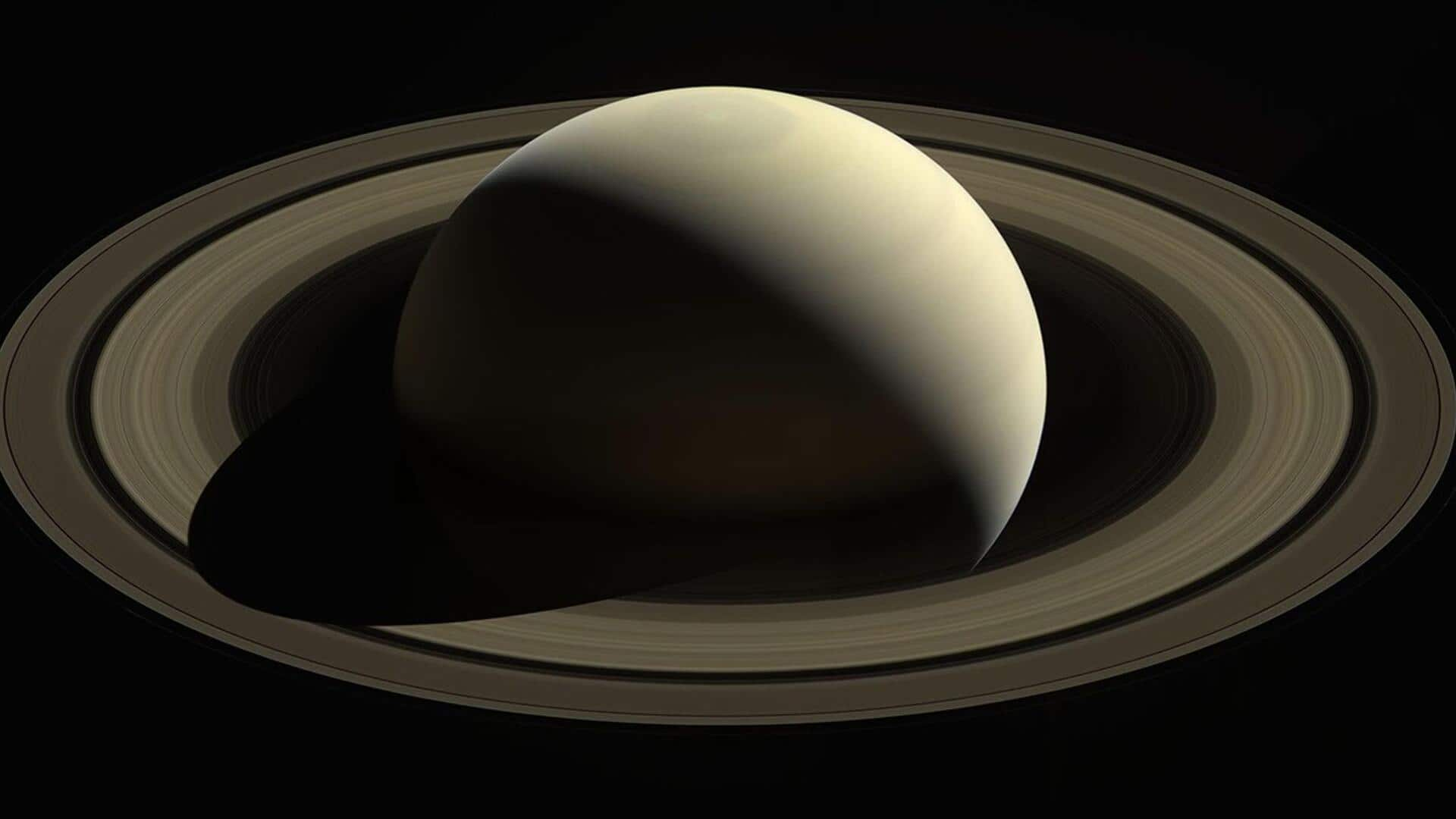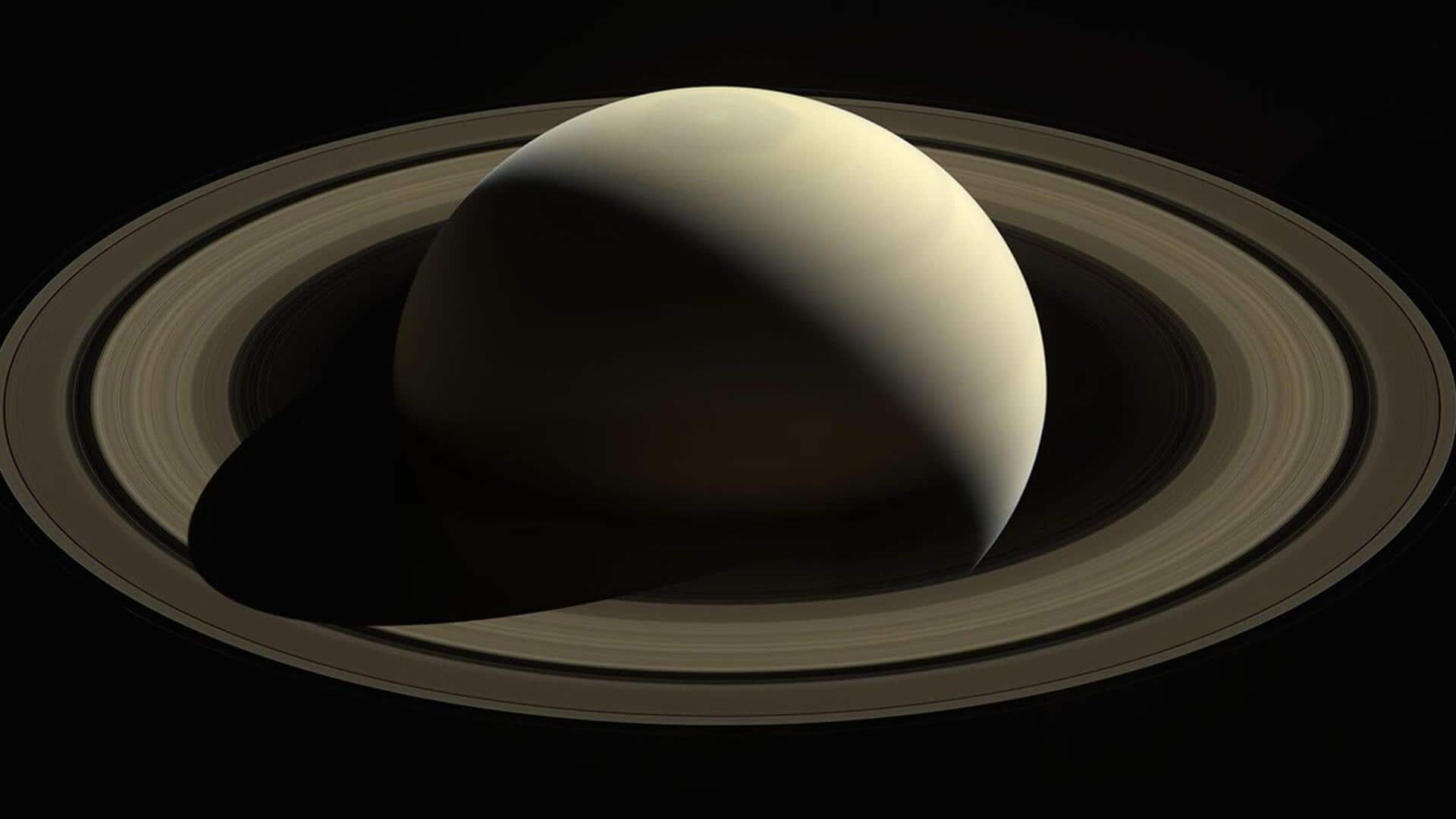**Saturn’s Atmosphere Reveals Strange Features Unseen Anywhere Else in the Solar System**
*By Dwaipayan Roy | September 20, 2025, 4:21 PM*
The James Webb Space Telescope (JWST) has uncovered unusual and intricate features in Saturn’s atmosphere that have never been observed on any other planet in our solar system. These groundbreaking findings were presented by Professor Tom Stallard of Northumbria University, UK, at the EPSC-DPS2025 Joint Meeting held in Helsinki and have been published in *Geophysical Research Letters*.
“This was the first opportunity to use JWST to make such detailed near-infrared observations of Saturn’s aurora and upper atmosphere,” said Professor Stallard.
### Discovery Through Extended Observation
An international team of 23 scientists conducted a continuous 10-hour observation of Saturn on November 29, 2024. Their focus was on detecting infrared emissions from H3+ ions, a positively charged molecular form of hydrogen crucial to the chemical and physical processes in Saturn’s atmosphere.
Using JWST’s Near Infrared Spectrograph, the team observed emissions from H3+ ions in Saturn’s ionosphere and methane molecules in the underlying stratosphere.
### Strange Atmospheric Features
In the ionosphere, the researchers discovered a series of dark, bead-like features embedded within bright auroral halos. These bead-like structures remained stable throughout the observation but exhibited a slow drift over time.
Meanwhile, in the stratosphere beneath, the team detected an asymmetric star-shaped feature extending from Saturn’s north pole toward the equator—an entirely new atmospheric pattern.
### Insights into Saturn’s Atmospheric Dynamics
By mapping the exact locations of these features, the scientists found that they aligned vertically over the same region of Saturn but appeared at different atmospheric layers. This suggests that the forces driving these patterns may extend through a column running deep into the planet’s atmosphere.
“We believe the dark beads result from complex interactions between Saturn’s magnetosphere and its rapidly rotating atmosphere,” explained Stallard. “The asymmetric star pattern hints at previously unknown atmospheric processes occurring in Saturn’s stratosphere.”
### Future Research and Observations
The research team hopes to secure additional observation time with JWST to further study these enigmatic features. Continued observations will be critical to understanding their formation and what they reveal about the atmospheric dynamics of gas giant planets.
“Because these atmospheric layers cannot be observed from ground-based telescopes, follow-up JWST observations during Saturn’s crucial seasonal changes are especially important,” Stallard emphasized.
—
*This remarkable discovery marks a new chapter in planetary science, providing unprecedented insights into the complex atmospheric phenomena of the solar system’s iconic gas giant, Saturn.*
https://www.newsbytesapp.com/news/science/saturn-s-atmosphere-shows-strange-new-features-thanks-to-jwst/story



